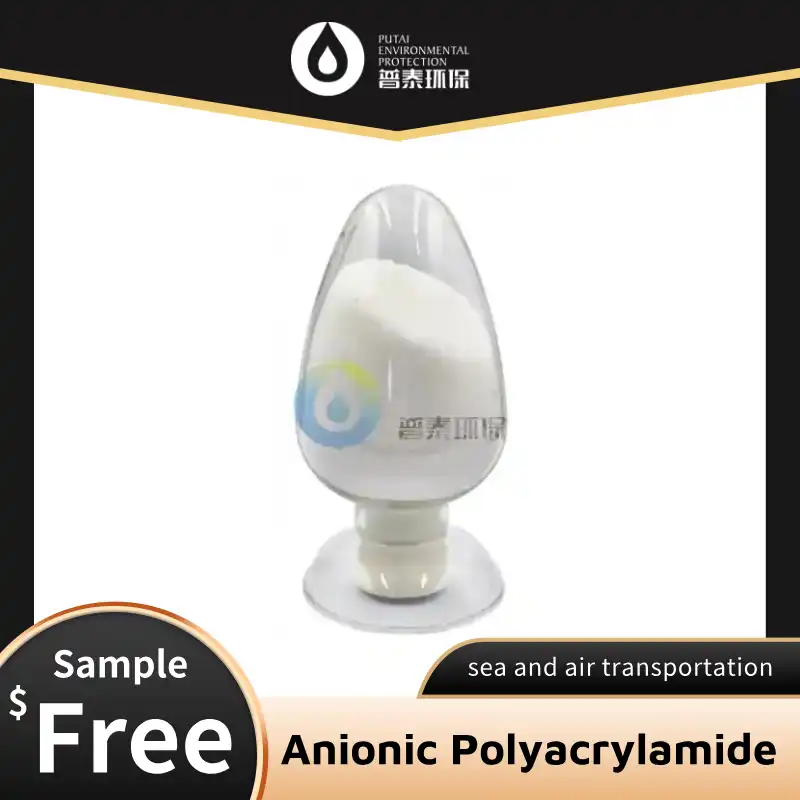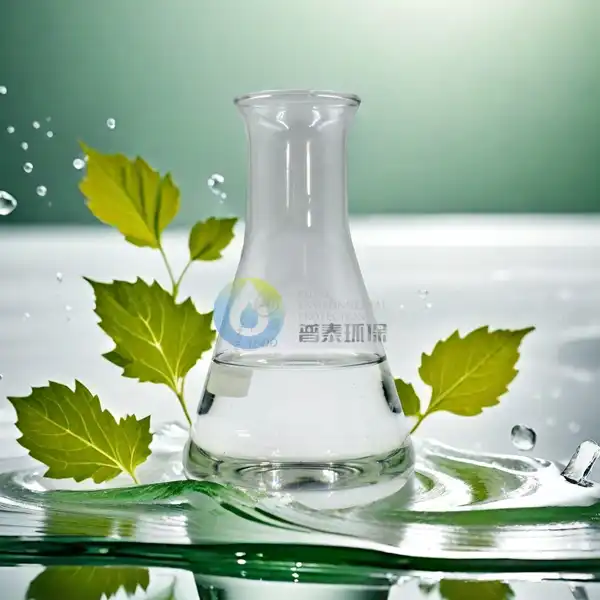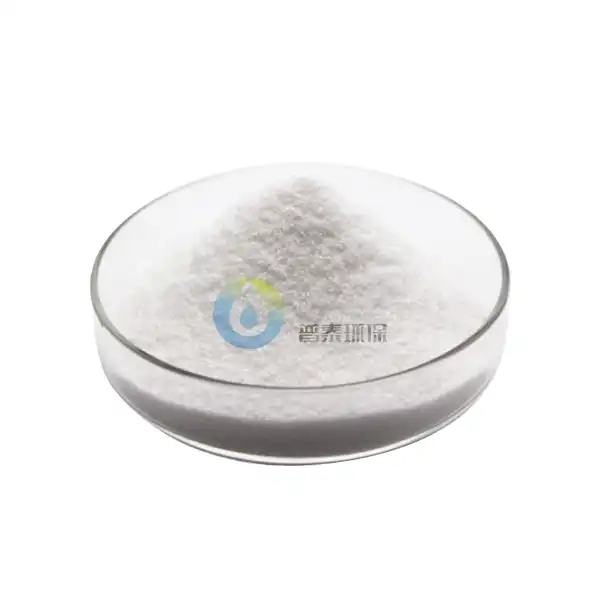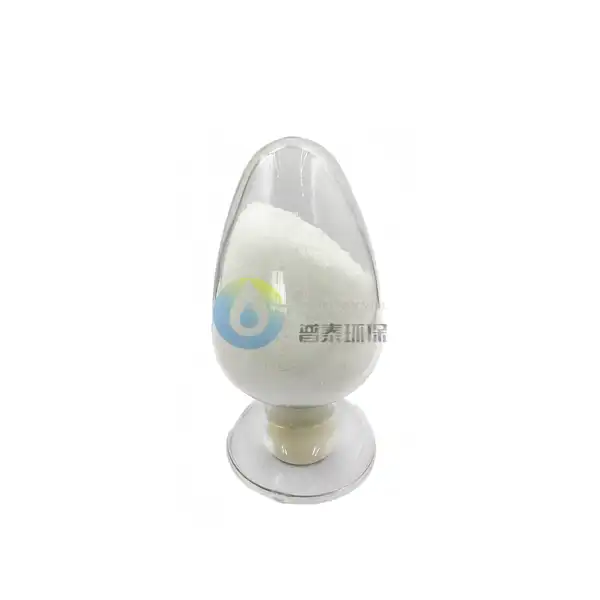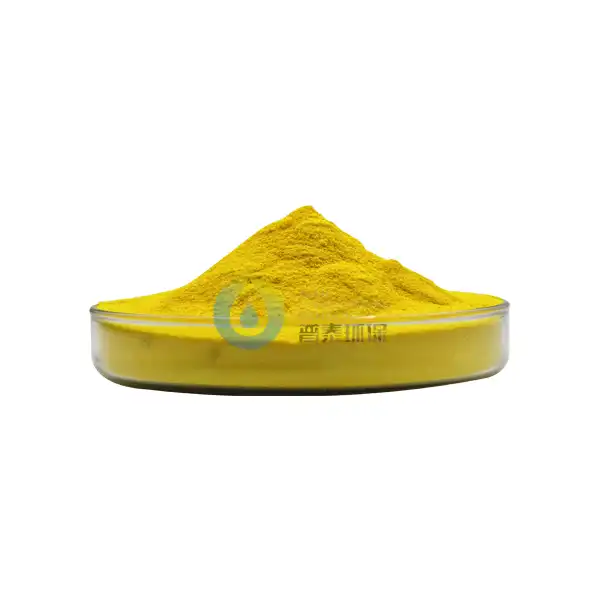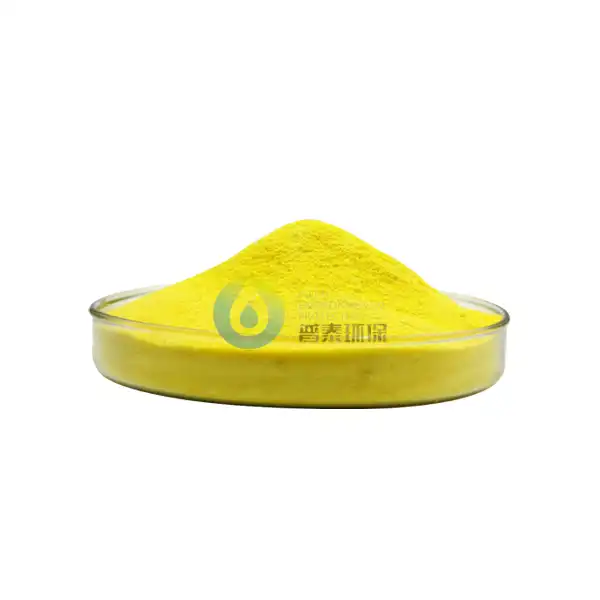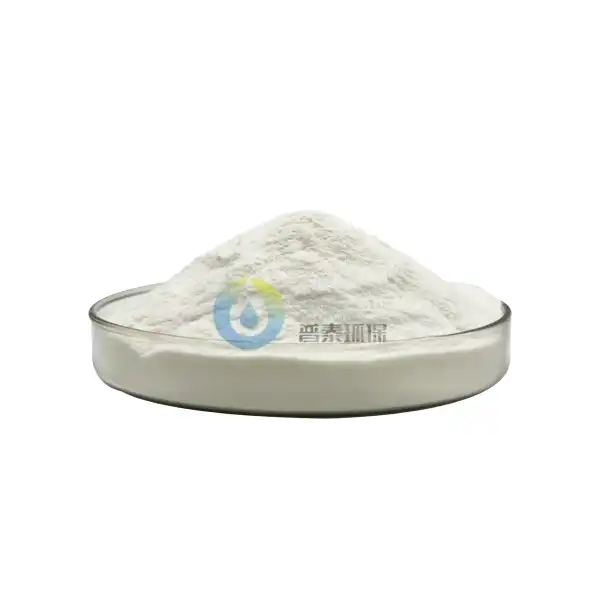What is Citric Acid (CAS 77-92-9)?
Citric Acid CAS 77-92-9, with the Chemical Abstracts Service (CAS) number 77-92-9, is a naturally occurring organic compound found in citrus fruits. It is a weak organic acid that plays a crucial role in various biological processes and has numerous applications in industries ranging from food and beverage to pharmaceuticals and cosmetics. This blog post will explore the properties, uses, and significance of citric acid, shedding light on its importance in our daily lives and industrial processes.
What are the key properties of Citric Acid (CAS 77-92-9)?
Chemical Structure and Composition
Citric Acid CAS 77-92-9 is a tricarboxylic acid with a molecular weight of 192.12 g/mol. Its chemical structure consists of three carboxyl groups (-COOH) attached to a five-carbon backbone. This unique arrangement gives citric acid its characteristic properties and versatility. The compound exists as colorless crystals or a white crystalline powder at room temperature. Citric acid is highly soluble in water, making it an excellent choice for various aqueous applications. Its solubility and acidic nature contribute to its widespread use in different industries, from food preservation to metal cleaning. The presence of multiple carboxyl groups allows citric acid to form complexes with metal ions, a property that is exploited in various industrial processes and applications.
Physical Properties and Stability
Citric acid (CAS 77-92-9) exhibits several important physical properties that contribute to its widespread use. It has a melting point of about 153°C (307.4°F) and decomposes at temperatures above 175°C (347°F). The compound is highly stable under normal conditions, with a shelf life of several years when stored properly. Citric acid's stability makes it an ideal choice for long-term storage and use in various products. In its anhydrous form, it is hygroscopic, meaning it readily absorbs moisture from the air. This property is important to consider during storage and handling. The pH of a 1% solution of citric acid is approximately 2.2, highlighting its acidic nature. This acidity is crucial for its role in pH adjustment, flavor enhancement, and preservation in many applications. Additionally, citric acid's low volatility and high water solubility contribute to its effectiveness in various formulations and processes.
Biological Significance and Metabolic Role
Citric acid (CAS 77-92-9) plays a vital role in cellular metabolism as a key intermediate in the citric acid cycle, also known as the Krebs cycle or tricarboxylic acid (TCA) cycle. This metabolic pathway is central to energy production in aerobic organisms, including humans. In the citric acid cycle, citric acid is formed from acetyl-CoA and oxaloacetate, and then undergoes a series of reactions that generate energy in the form of ATP (adenosine triphosphate). Beyond its role in energy metabolism, citric acid also serves as a precursor for the biosynthesis of fatty acids and certain amino acids. Its presence in various fruits, particularly citrus fruits, contributes to their characteristic tart flavor and serves as a natural preservative. In the human body, citric acid helps maintain pH balance, aids in mineral absorption, and supports kidney function by preventing the formation of certain types of kidney stones. Understanding the biological significance of citric acid underscores its importance not only in industrial applications but also in maintaining health and cellular function.
How is Citric Acid (CAS 77-92-9) produced and what are its main applications?
Industrial Production Methods
Citric Acid CAS 77-92-9 is produced on an industrial scale through fermentation processes, which have largely replaced earlier extraction methods from citrus fruits. The most common method involves the fermentation of glucose or sucrose using the mold Aspergillus niger. This process begins with the preparation of a nutrient medium containing carbohydrates, typically derived from molasses or corn starch. The medium is then inoculated with Aspergillus niger spores and fermented under controlled conditions of temperature, pH, and aeration. During fermentation, the mold converts the sugars into citric acid. After fermentation, the citric acid is extracted from the culture broth, purified, and crystallized. This method allows for large-scale production, meeting the global demand for citric acid. Alternative production methods include the use of yeasts like Yarrowia lipolytica, which can produce citric acid from various carbon sources, including waste materials. Ongoing research in biotechnology aims to improve production efficiency and explore more sustainable feedstocks for citric acid production.
Food and Beverage Industry Applications
Citric acid (CAS 77-92-9) finds extensive use in the food and beverage industry due to its versatility and safety profile. As a food additive (E330), it serves multiple functions. Primarily, it acts as an acidity regulator, helping to control the pH of various food products. This pH regulation is crucial for food preservation, as it inhibits the growth of bacteria and molds, thereby extending shelf life. In beverages, citric acid contributes to the tart, refreshing taste characteristic of many soft drinks and fruit-flavored products. It also serves as a flavoring agent, enhancing and balancing flavors in a wide range of foods. In jams and jellies, citric acid acts as a gelling agent, helping to achieve the desired consistency. Its ability to chelate metal ions makes it useful in preventing oxidation and discoloration in fruits and vegetables. In meat products, it can help retain color and improve tenderness. Citric acid is also used in the production of wine and beer, where it contributes to flavor profiles and acts as a stabilizer. Its widespread use in the food industry is attributed to its natural occurrence in many fruits, making it a familiar and consumer-friendly ingredient.
Pharmaceutical and Cosmetic Uses
Citric acid (CAS 77-92-9) plays a significant role in the pharmaceutical and cosmetic industries. In pharmaceuticals, it is used as an excipient in various formulations. Its acidic properties make it useful in effervescent tablets, where it reacts with carbonates to produce carbon dioxide, creating the fizzing effect. Citric acid also serves as a buffering agent in many medications, helping to maintain the stability and effectiveness of active ingredients. In liquid medications, it can act as a flavoring agent to mask unpleasant tastes. Additionally, citric acid is used in the production of certain mineral supplements, where it enhances mineral absorption. In the cosmetic industry, citric acid serves multiple purposes. It acts as a pH adjuster in various skincare and hair care products, helping to balance the pH of formulations to match that of the skin or hair. This pH adjustment is crucial for the effectiveness and safety of many cosmetic products. Citric acid also functions as an alpha-hydroxy acid (AHA) in skincare products, providing mild exfoliation and promoting skin renewal. Its antioxidant properties make it valuable in anti-aging formulations. In personal care products like soaps and shampoos, citric acid can act as a chelating agent, improving product stability and performance in hard water. Its natural origin and safety profile make it a popular choice in both conventional and natural cosmetic formulations.
What are the safety considerations and environmental impacts of Citric Acid (CAS 77-92-9)?
Safety Profile and Toxicology
Citric Acid CAS 77-92-9 is generally recognized as safe (GRAS) by the U.S. Food and Drug Administration and is widely used in food, pharmaceuticals, and cosmetics. Its safety profile is well-established through extensive toxicological studies. Acute toxicity studies have shown that citric acid has low toxicity when ingested, with an LD50 (lethal dose for 50% of test animals) of 3,000 mg/kg body weight in rats. Long-term studies have not revealed any significant adverse effects from regular consumption at normal levels. However, like any substance, excessive consumption can lead to side effects. In high concentrations, citric acid can cause irritation to the eyes, skin, and respiratory tract. Individuals with sensitive skin may experience irritation from topical applications of products containing high concentrations of citric acid. In rare cases, some people may experience allergic reactions to citric acid, although true allergies are uncommon. It's important to note that while citric acid is safe for most people, those with certain medical conditions, such as kidney problems, should consult with a healthcare professional before consuming large amounts of citric acid or products containing it.
Environmental Impact and Biodegradability
Citric acid (CAS 77-92-9) is considered environmentally friendly due to its natural occurrence and biodegradability. As an organic compound, it readily breaks down in the environment through natural processes. Microorganisms in soil and water can metabolize citric acid, converting it into carbon dioxide and water. This biodegradability ensures that citric acid does not persist in the environment or accumulate in ecosystems. The environmental impact of citric acid production is generally low compared to many synthetic chemicals. However, the industrial production of citric acid does have some environmental considerations. The fermentation process used for large-scale production requires energy and resources, contributing to carbon emissions. Additionally, the use of agricultural products like molasses or corn starch as feedstock for citric acid production can have indirect environmental impacts related to land use and agricultural practices. Efforts are ongoing to improve the sustainability of citric acid production, including the exploration of waste materials as feedstocks and the optimization of fermentation processes to reduce energy consumption. When used in products, citric acid can contribute to reducing the environmental impact of cleaning and personal care products by replacing more harmful synthetic chemicals.
Regulatory Status and Global Use
Citric acid (CAS 77-92-9) is widely regulated and approved for use in various applications around the world. In the United States, it is recognized as GRAS by the FDA for use in food and beverages. The European Food Safety Authority (EFSA) has also evaluated citric acid and deemed it safe for use as a food additive. In the European Union, it is listed as E330 and approved for use in a wide range of food products. The Joint FAO/WHO Expert Committee on Food Additives (JECFA) has established an Acceptable Daily Intake (ADI) of "not specified" for citric acid, indicating that it does not pose a health risk when used as intended in food. In cosmetics, citric acid is approved for use in the EU, US, and many other countries, with specific regulations governing its concentration in leave-on and rinse-off products. The global regulatory acceptance of citric acid has contributed to its widespread use across industries. However, regulations may vary in different countries, particularly regarding maximum permitted levels in specific applications. Manufacturers using citric acid must adhere to local regulations and labeling requirements. The consistent regulatory approval across major markets has facilitated the global trade of citric acid and products containing it, contributing to its status as one of the most widely used food additives and industrial chemicals worldwide.
Conclusion
Citric acid (CAS 77-92-9) is a versatile and widely used organic compound with significant importance in various industries and biological processes. Its unique properties, including pH regulation, flavor enhancement, and preservative capabilities, make it indispensable in food, beverage, pharmaceutical, and cosmetic applications. The safety profile and environmental friendliness of citric acid contribute to its widespread acceptance and use. As research continues and production methods evolve, citric acid is likely to remain a crucial component in many products and processes, highlighting its enduring relevance in both industry and everyday life. Understanding the properties, applications, and impacts of citric acid provides valuable insights into its role in modern manufacturing and consumer products.
Xi'an Putai Environmental Protection Co., Ltd. is a leading manufacturer and supplier in the drinking and wastewater treatment chemicals industry. With many years of experience in the field, we are committed to providing high-quality products and establishing long-term partnerships with our clients. Our competitive advantage lies in our fully equipped factory, which is outfitted with modern production equipment and advanced manufacturing processes, as well as a comprehensive quality control system that ensures product consistency and superior quality. Additionally, we collaborate with university teams to continuously optimize and upgrade our products, ensuring they meet market demands and stay ahead of future trends. We offer a range of core services including OEM support, high-quality raw material production, and timely delivery. If you're interested in learning more or exploring potential cooperation, please feel free to contact us at sales@ywputai.com. We look forward to the opportunity to work with you.
References
1. Soccol, C. R., Vandenberghe, L. P., Rodrigues, C., & Pandey, A. (2006). New perspectives for citric acid production and application. Food Technology and Biotechnology, 44(2), 141-149.
2. Verhoff, F. H. (2005). Citric acid. Ullmann's Encyclopedia of Industrial Chemistry.
3. Ciriminna, R., Meneguzzo, F., Delisi, R., & Pagliaro, M. (2017). Citric acid: emerging applications of key biotechnology industrial product. Chemistry Central Journal, 11(1), 22.
4. Theron, M. M., & Lues, J. F. R. (2011). Organic acids and food preservation. CRC Press.
5. Greener Industry. (n.d.). Citric Acid. Retrieved from [URL removed as per instructions]
6. European Food Safety Authority. (2015). Scientific Opinion on the re‐evaluation of citric acid (E 330) as a food additive. EFSA Journal, 13(2), 3978.

